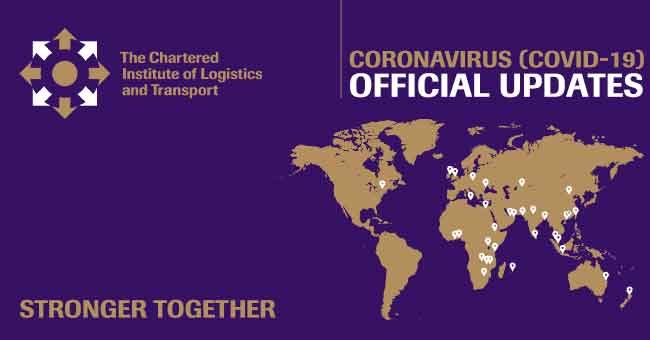On the 23rd of March Jacinda Ardern, Prime Minister of New Zealand announced the country was going to rapidly escalate levels of physical distancing and travel restrictions, reaching the level of a full national lockdown, known as level 4, on the 26th of March.
Described as a ‘disease elimination strategy’, authorities used vigorous interventions early to interrupt disease transmission. This differs to a mitigation strategy where the response is increased as the pandemic progresses, and more intensive interventions such as school closures are often held in reserve to ‘flatten the curve’. Putting the country into mass home quarantine for a month effectively extinguished many chains of Covid-19 transmission. The quarantine period also gave the country time to put in place the critical measures required for elimination to work, such as more rigorous quarantine at the borders, expanded testing and contact tracing.
On April 28th New Zealand moved to level 3, meaning some businesses were permitted to re-open. This included take-away food providers, and has meant a huge surge in transport, with delivery service companies saying they were receiving orders every 8 seconds. However most people remaining in employment will continue to work from home. This level will be reviewed on May 11th and New Zealand will consider a level 2 scenario from May 15th.
Many of the travel restrictions announced as part of the level 4 lockdown are still in effect. In the urban environment, metro passenger services in Auckland and Wellington (rail, bus and ferries) are operated by their respective regional councils. These services continue to operate at reduced levels for essential service workers, and to enable communities to access supermarkets, pharmacies and health facilities.
Bus services replaced many train services, with free travel until June. To minimise any contact and keep social distancing from bus drivers, passengers are instructed to use the rear doors and sit one person in each group of 4 seats.
According to Dr Jean-Paul Thull, CILT NZ council member, public transport has dealt well with the effects of Covid-19 during level 4 lockdown, but is likely to be under more pressure now the country is moving to level 3:
Right now, we have limited public transport operating. If I look at the city of Tauranga, that has usually less than 5 people in a bus, distancing is not a problem. It will though become a problem with more people heading to work in places like Auckland and Wellington that have strong public transport patronage, due to congestion and expensive car parks in the central business district.
The national rail provider KiwiRail has ceased all long distance train services as these largely cater to the international tourist market. With introduction of level 3, medium distance (inter-city) commuter trains will be reinstated. Both short and medium-distance train services isolate staff in the front and rear carriages while passengers are required to use the central carriages.
New Zealand has no land borders, and all incoming air and cruise ship travel has ceased, other than New Zealand citizens returning home by air, and some outgoing repatriation flights. All incoming passengers are required to go into 14 days isolation. Domestic travel is running at less than 10% capacity with an indicative 10m separation between passengers who are required to travel for essential services.
New Zealand has two main islands with two operators of interisland freight and passenger ferries, Interislander and Bluebridge. Interislander converted one of three ferries to freight only and operates social distancing on the remaining two ferries. Now that the country is in level 3 lockdown, some restrictions on ferry travel have been eased, and interisland ferries can now carry passengers travelling to do essential work, those in shared bubble arrangements, for example children whose parents have separated and share custody, people relocating a home or business, those travelling for medical reasons, emergencies and giving effect to court orders, those who have an exemption to travel because of compassionate reasons, and people stuck in the wrong place when level 4 restrictions started, and who need to get home.
This is an example of a Covid-19 response from New Zealand which we are sharing as part of our global best practice resource to help you think about and determine appropriate responses locally.

